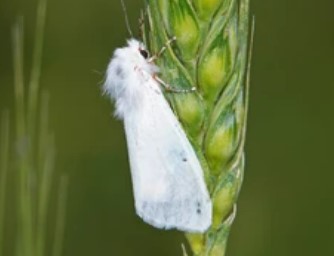
Hyphantria cunea is a moth in the family Erebidae known principally for its larval stage and considered a pest. Hyphantria cunea tends to create many webs or defoliate plants in places that humans spend time, such as recreational areas and parks; on branches and therefore defoliate parts of the tree that are very visible and draw attention. There have been methods with trying to control this organism, such as physical removal or chemical methods; however, there are some issues with these options because physical removal can be challenging with certain types of trees, and the side effects of chemicals. New, effective methods are needed to control this organism.
Hyphantria cunea is a typical polyphagous pest. At present, measures such as artificial control, physical control, chemical control and biological control can be used to reduce the harm caused by this organism. Lifeasible provides the gene editing services for hyphantria cunea with zinc-finger nucleases (ZFNs), transcription activator-like effector nucleases (TALEN) and CRISPR/Cas9 to control their reproduction and expansion of living space.
| Editable genes | Relevant traits exhibited after editing |
| HcALP3 |
|
| Glucose metabolism-related genes |
|
| Taste receptor genes |
|
| Filament gland-associated genes |
|
| Hcdsx |
|
| GSTs |
|
Lifeasible can control this pest by editing some genes of hyphantria cunea to reduce its survival range or reduce its fecundity. We offer three technologies include ZFNs, TALEN and CRISPR/Cas9 to edit these genes in hyphantria cunea and later services with some advantages described above. If you are interested in our services or if you have any questions, please click online inquiry for more detailed information.